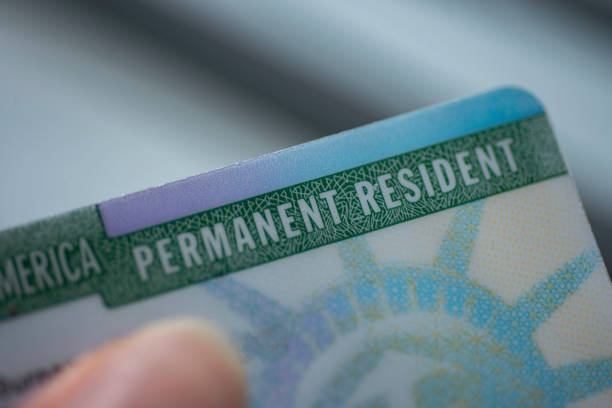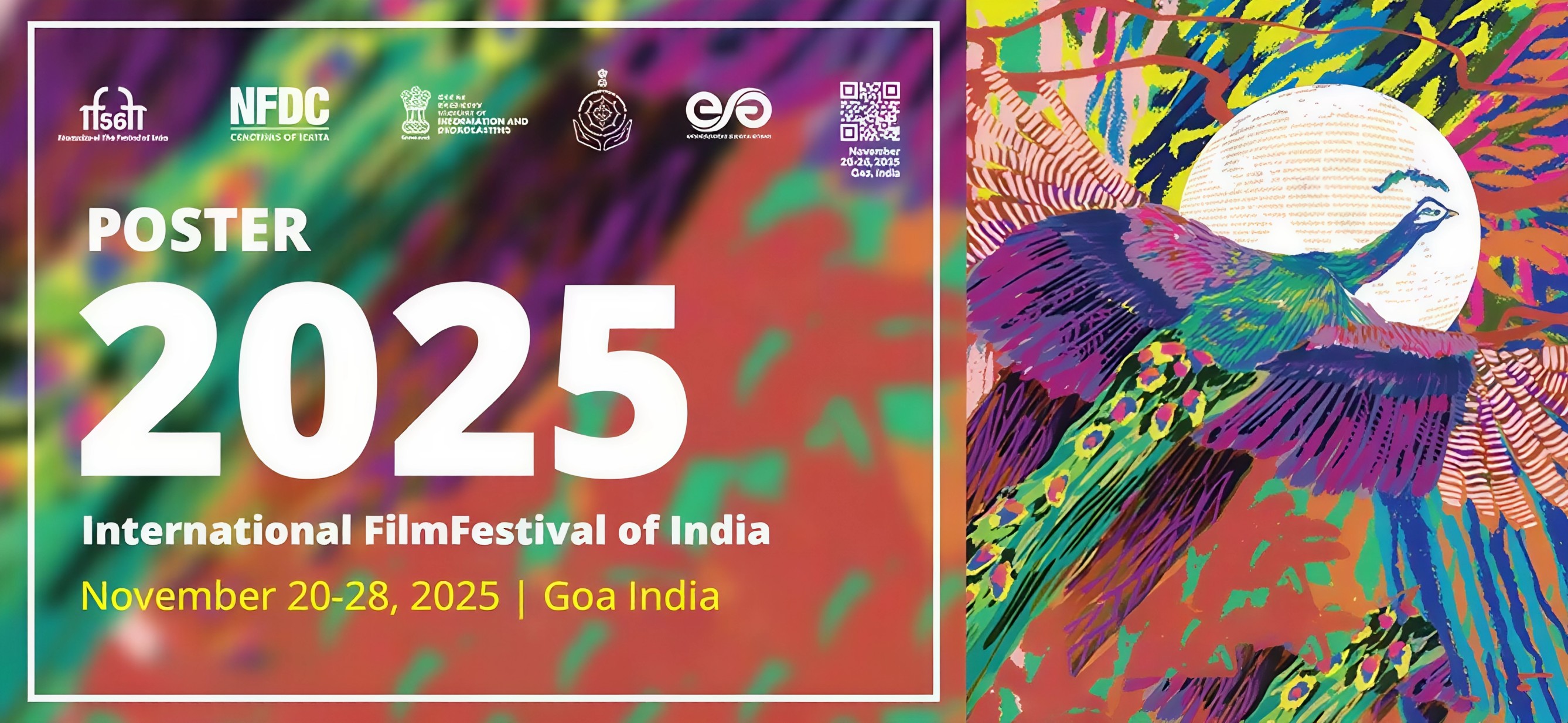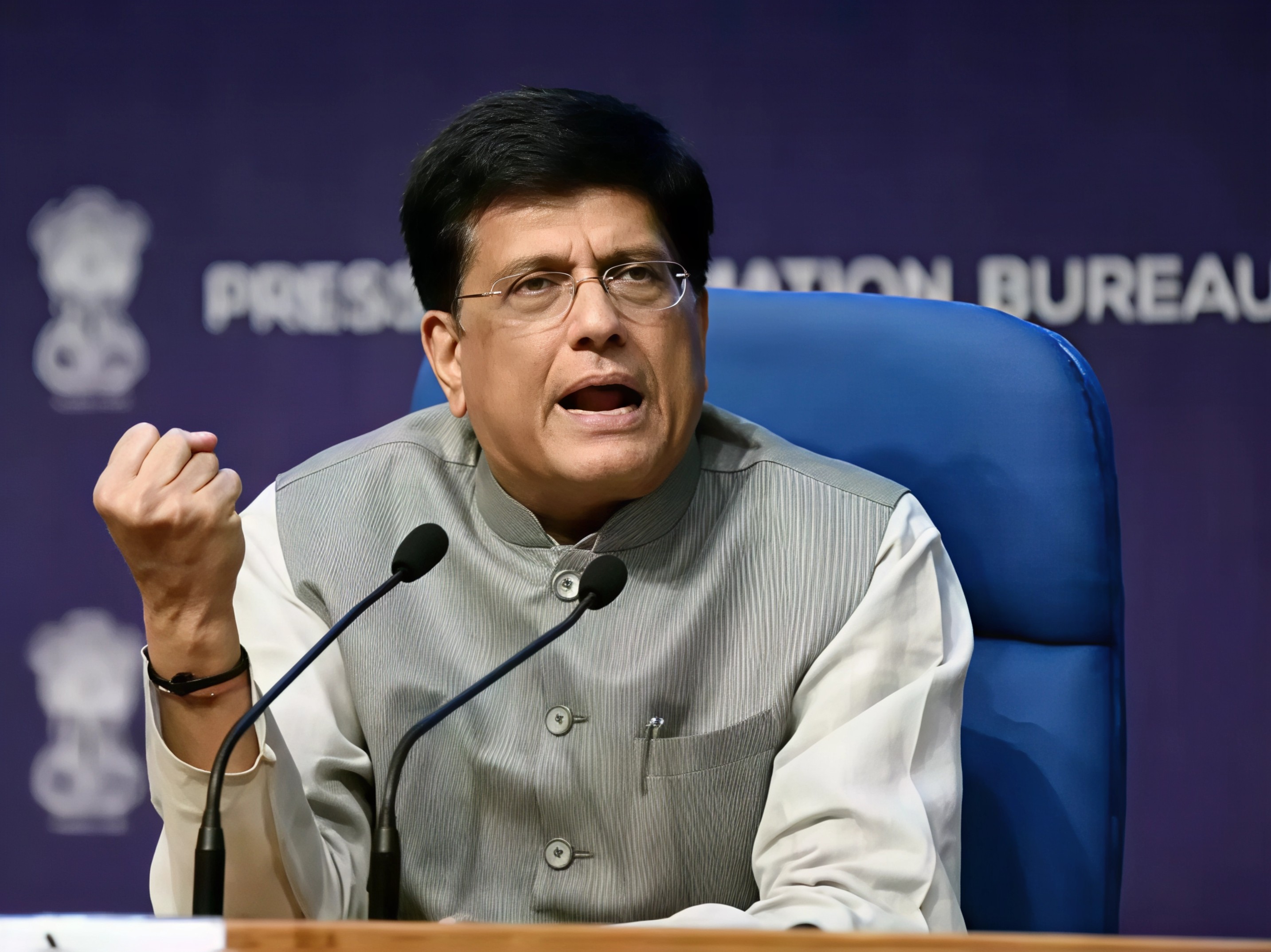According to recent updates from the US Citizenship and Immigration Services (USCIS), more than 1 million Indians are currently experiencing longer waiting periods for US green cards compared to Chinese nationals. This delay is primarily due to the per-country cap on green cards and a relatively low annual quota.

source: istock
The latest data highlights that a significant number of highly skilled Indian professionals, such as doctors, engineers, and scientists, are subjected to unexpectedly prolonged wait times, possibly extending over decades. As of the latest count, nearly 838,784 Indian nationals are on the waitlist, a figure that has seen a notable increase in recent years.
A study conducted by the National Foundation for American Policy (NFAP), using data from USCIS as of November 2, revealed that there are over 1.2 million Indians waiting for green cards across the top three employment-based categories. These categories include the EB-1, EB-2, and EB-3 preferences, where Indian applicants face particularly long wait times in comparison to those from other countries. The 2020 USCIS data indicated a 40% increase in the Indian backlog in the EB-2 category alone, growing by more than 240,000 within roughly three years.
Why Are Indian Applicants Facing Longer Wait Times?
The extended wait times for Indians significantly surpass those for applicants from other nations, such as China and the Philippines. This discrepancy stems from the "per-country limit," a restriction that sets a maximum number of green cards that can be issued to nationals from each country annually.
These prolonged delays are often paralleled by issues for Indian applicants’ families, including spouses and children, leading to a notable underrepresentation of dependents in the green card process.
In comparison, nearly 148,000 Chinese professionals and their dependents are also in the employment-based green card backlog, with 83,000 waiting under the second preference and 41,000 under the third preference. For Indian nationals to be considered for current processing, their applications should have been filed before May 15, 2012, as per the latest guidelines from the State Department.








